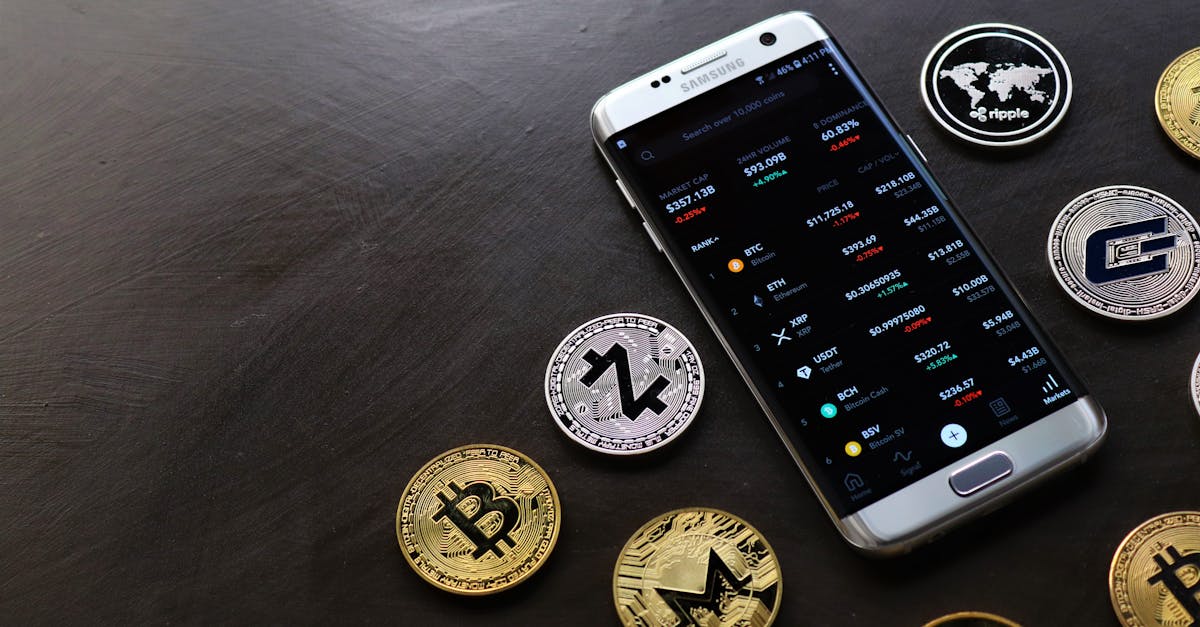Fintech Frontiers Navigating Mobile Payment Waves
Introduction
The advent of fintech has revolutionized the financial industry, particularly in the realm of mobile payments. This wave of innovation has enabled unprecedented convenience and accessibility, reshaping how individuals and businesses conduct transactions. Mobile payment systems have rapidly gained traction due to their ease of use and integration with everyday devices. As technology advances, fintech companies continue to push boundaries, introducing novel solutions that cater to diverse consumer needs. Nevertheless, with growth comes challenges—both in technology adaptation and regulatory frameworks. This article takes a deep dive into the world of mobile payments, exploring its evolution, disruption, and the road ahead.
Advertisement
Evolution of Mobile Payments
Mobile payment systems have come a long way since their inception. Initially, they began as simple SMS-based transactions, primarily used in niche markets. However, as smartphones proliferated, so did sophisticated mobile payment applications. Platforms like PayPal paved the way by offering digital wallets, allowing users to store and transfer funds effortlessly. Soon, tech giants such as Apple, Google, and Samsung entered the fray, introducing NFC (Near Field Communication) technology through Apple Pay, Google Wallet, and Samsung Pay. The seamless integration of these applications into smartphones catalyzed widespread adoption, bringing mobile payments into mainstream consciousness.
Advertisement
Disruptive Innovations
The innovation within mobile payments hasn't stopped since its early days. Contactless payments through QR codes and NFC have surged, especially in response to the COVID-19 pandemic's demand for hygienic, cashless transactions. Mobile-first solutions like Venmo and Cash App have transformed peer-to-peer monetary exchanges, making them as simple as sending a text. These innovations have also emphasized security enhancements, with biometric verification ensuring user safety. Blockchain technology further disrupts traditional payment methods by offering decentralized and transparent transaction capabilities. These innovations continue to challenge established financial systems, driving the demand for smarter, faster solutions.
Advertisement
Fintech's Role in Financial Inclusion
Mobile payment solutions address a crucial challenge—financial inclusion. In developing regions where traditional banking infrastructure is lacking, mobile payments provide access to financial services previously out of reach. Applications like M-Pesa in Kenya have demonstrated this potential by enabling users to save, transfer, and spend money using their mobile devices. Similarly, digital wallets can empower individuals to participate in the global economy, offering opportunities that were once beyond reach. By reducing barriers and expanding outreach, fintech firms are playing a pivotal role in bridging the financial divide.
Advertisement
Consumer Adoption and Experience
Consumer adoption of mobile payments hinges on convenience and trust. The user experience is paramount, with fintech companies focusing on creating intuitive, seamless interfaces. A major driver has been the digitization of loyalty programs and incentives to encourage adoption and usage. For businesses, integrating mobile payment gateways extends reach to tech-savvy customers while offering rich data analytics on consumer behavior. However, trust remains a crucial factor, as concerns over data privacy could hinder broader acceptance. Addressing these concerns is essential for sustaining growth and maintaining consumer confidence.
Advertisement
Regulatory Landscape and Challenges
The regulatory framework governing mobile payments is evolving in response to rapid technological advancements. Governments globally are devising policies to ensure consumer protection while fostering innovation. Regulations often address issues like data security, anti-money laundering, and system stability. Fintech firms must navigate this dynamic environment, balancing compliance with agile innovation. The challenge lies in adopting standards that recognize the fluidity of technology yet provide adequate oversight. Open banking initiatives reflect collaborative efforts to harmonize the sector, promoting standardized interfaces while fostering competition.
Advertisement
Security and Fraud Prevention
Mobile payments, while convenient, raise security concerns as cyber threats become more sophisticated. Fintech companies invest heavily in technologies that safeguard user data, employing methods such as tokenization and end-to-end encryption. Machine learning models are used to detect fraudulent activity, adding a layer of proactiveness to digital transactions. Despite these measures, vulnerabilities persist, necessitating continuous upgrades to security protocols. Consumer education on safe mobile payment practices is equally crucial, fostering a knowledgeable user base capable of identifying and responding to potential threats.
Advertisement
Future Trends in Mobile Payments
The future of mobile payments is marked by personalization, integration, and globalization. Artificial intelligence is set to enhance user experiences by offering personalized financial insights and tailored services. Voice-activated transactions hold promise for accessible, hands-free payments. Moreover, cross-border payment solutions are simplifying international trade, leveraging blockchain and digital currencies. The proliferation of the Internet of Things (IoT) promises further integration into everyday objects, creating new opportunities for transactional interactions. Fintech companies are poised to lead these advancements, crafting the future of how we conduct financial transactions.
Advertisement
Impact on Traditional Banking
The proliferation of mobile payment solutions has presented traditional banking institutions with significant challenges. Banks are compelled to innovate by offering digital services and building partnerships with fintech companies. Mobile banking applications form a vital touchpoint, enabling banks to retain tech-savvy customers. Despite competition, collaborations between banks and fintech firms have emerged, blending resources for mutual benefit. However, the evolving landscape demands agility from banks, requiring continual adaptation to maintain relevance in an increasingly digital financial environment. This convergence signifies a future where banking and technology coalesce to offer enhanced financial services.
Advertisement
Conclusion
The fintech revolution, spearheaded by mobile payments, exemplifies a shift in consumer behavior and financial processes. This dynamic landscape continues to evolve, driven by technological advances and changing expectations. Mobile payments offer unparalleled convenience, financial inclusion, and enhanced consumer experiences while addressing challenges like security and compliance. As we look towards the future, the role of fintech in shaping global financial systems appears ever more critical. A collaborative approach involving fintech companies, traditional banks, and regulators will determine how well we navigate the waves of this financial transformation. Embracing these changes secures a seamless, connected financial future for all.
Advertisement








